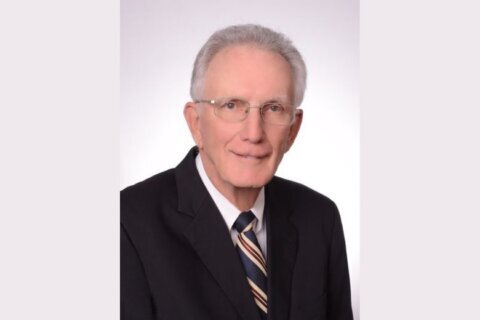Listen to WTOP for traffic updates on the 8s.
Baltimore’s Francis Scott Key Bridge used to carry more than 30,000 vehicles across the Patapsco River every day. Maryland’s Department of Transportation provided WTOP with an early look at how the drivers have adjusted.
The tunnels on Interstates 95 and 895 in Baltimore were already busier than the Key Bridge, and as you can expect, there’s even more traffic and longer delays to get through them now.
- The latest on the Key Bridge collapse and recovery in Baltimore
- WTOP takes an up-close look at Baltimore Key Bridge collapse wreckage with US Coast Guard
Since the bridge’s collapse, traffic along I-95’s Fort McHenry tunnel is up by about 11% since before the crash, according to a Maryland State Highway spokesman. Before the crash, the Fort McHenry tunnel saw more than 100,000 vehicles pass through it every day.
At the same time, data shows the Harbor Tunnel/I-895, which carried more than 60,000 vehicles every day, has seen a 9% increase in volume since the crash.
The Key Bridge was also used by a lot of trucks that carried hazardous materials around the industrial ports of Baltimore. But since they aren’t allowed to drive through those tunnels, they’ve been forced to go all the way around Interstate 695, known as the Baltimore beltway.
Maryland State Highway said it has seen about a 7% increase in truck volume between Interstate 70 and I-95 since the collapse of the bridge.
The increased volume means there’s also been an increase in delays through those busier roads. Additional emergency response vehicles (those CHART vehicles) are now out on the roads ready to help motorists whose vehicles become disabled or are involved in a crash, or clear away debris that might block a lane of traffic, according to the department.
Get breaking news and daily headlines delivered to your email inbox by signing up here.
© 2024 WTOP. All Rights Reserved. This website is not intended for users located within the European Economic Area.








